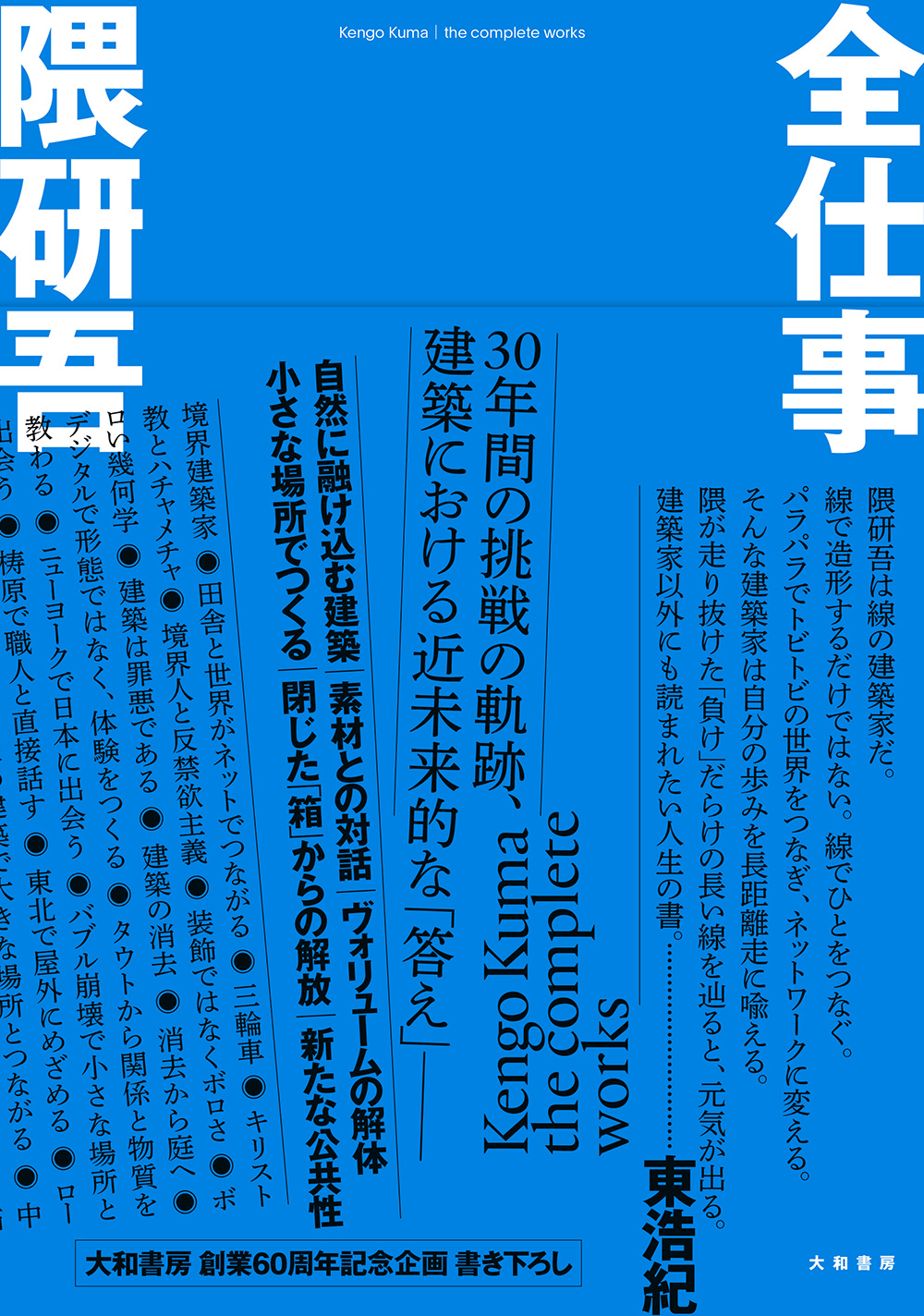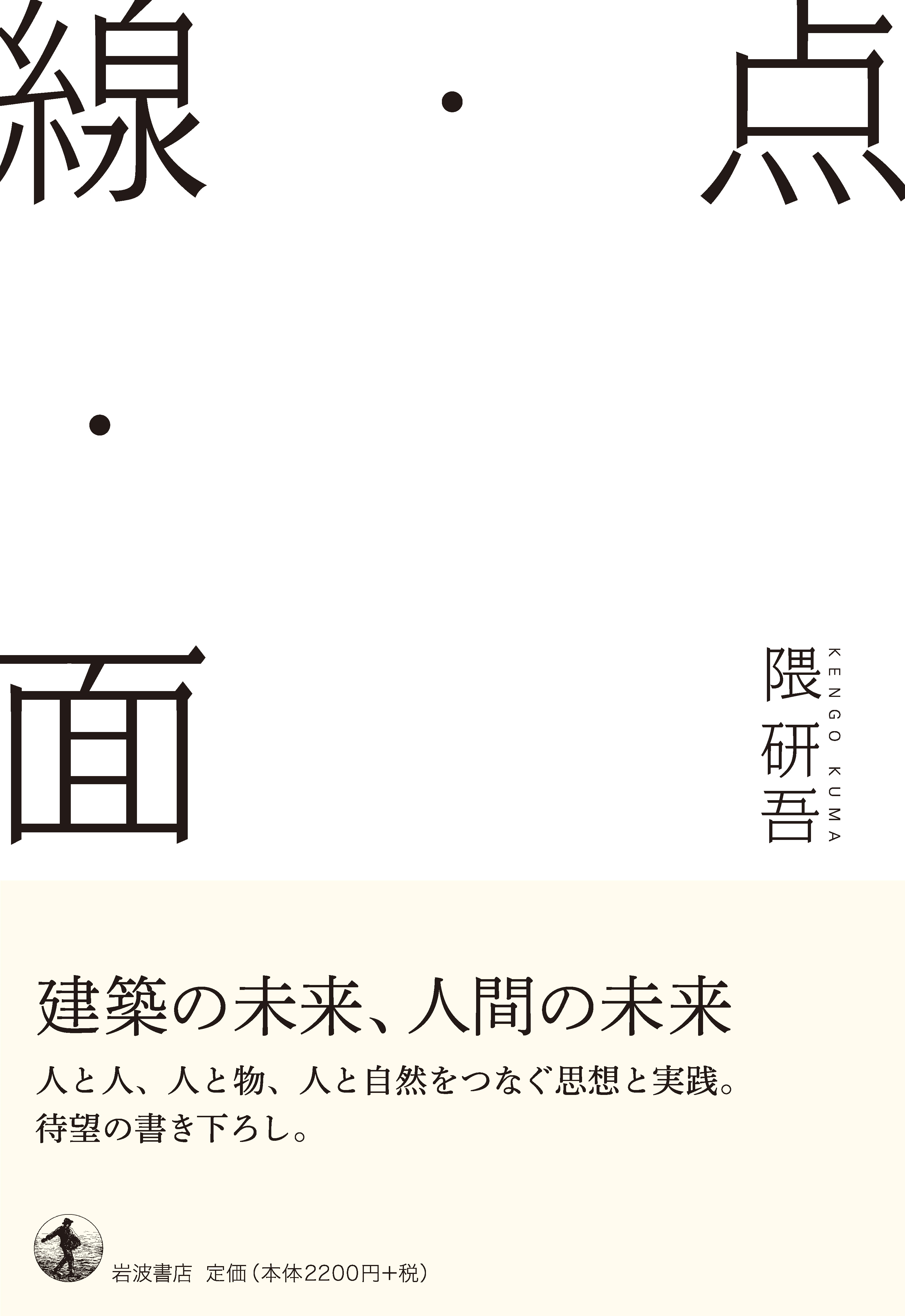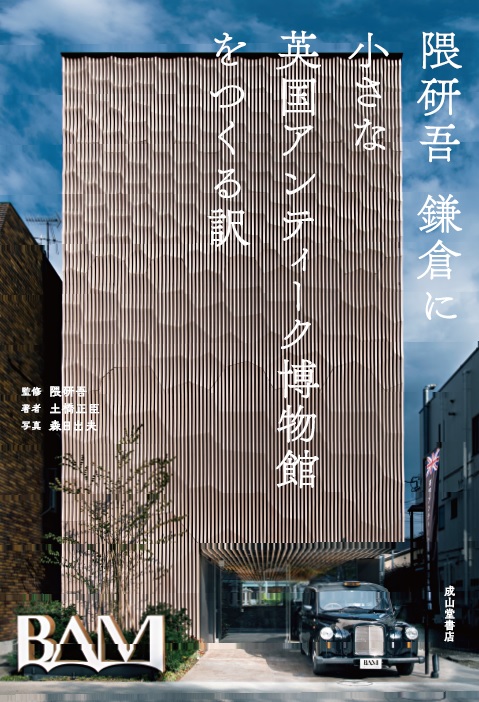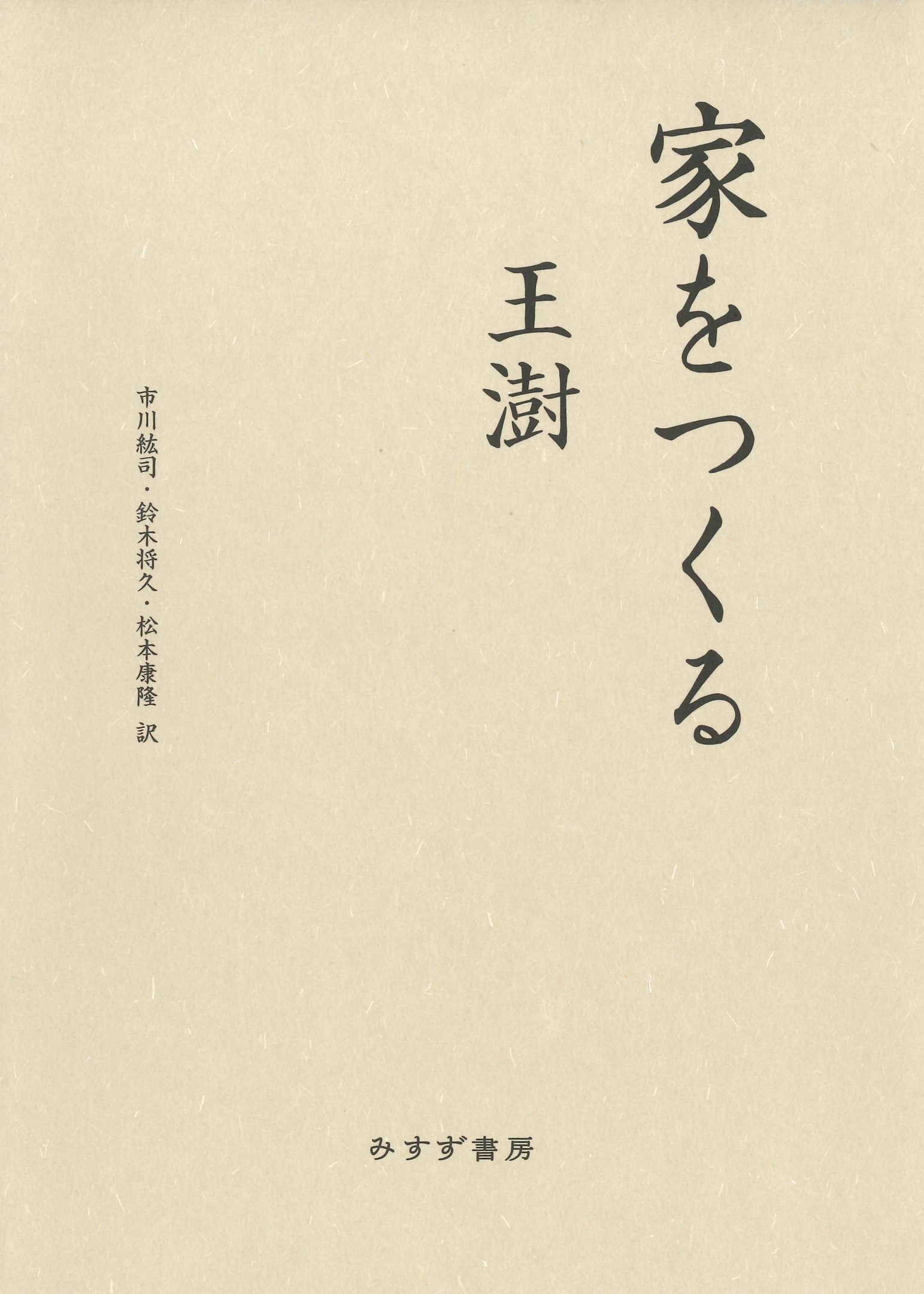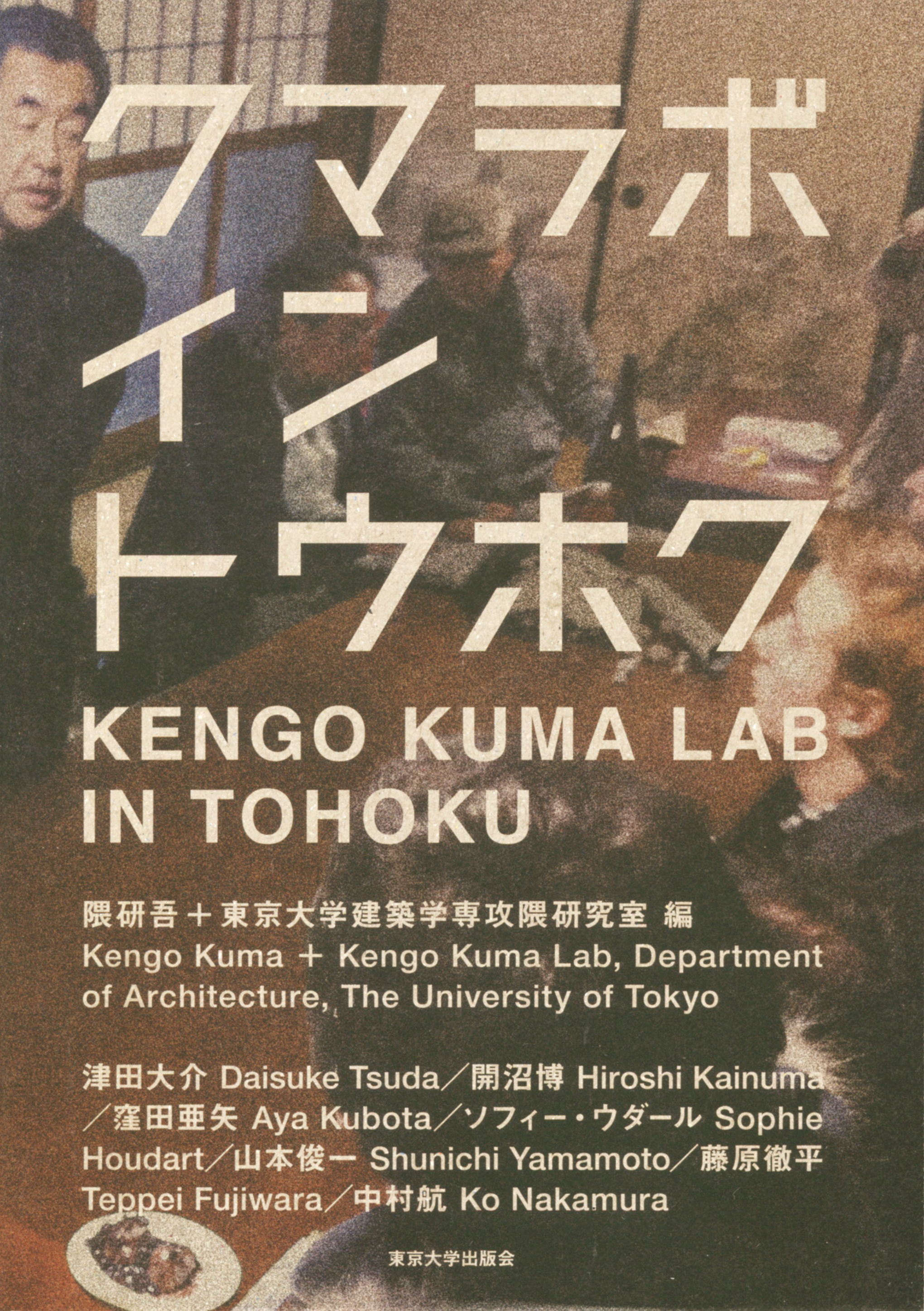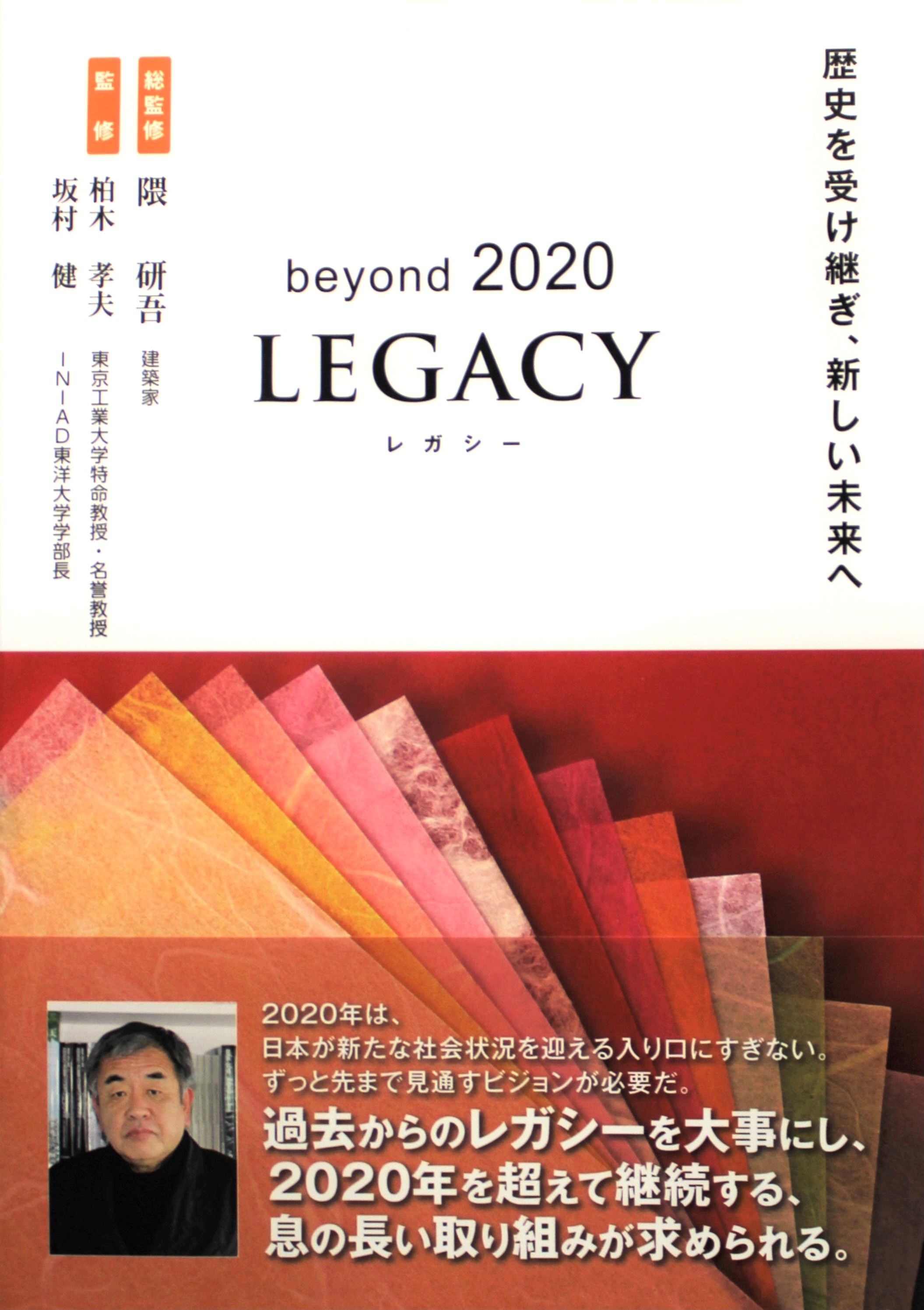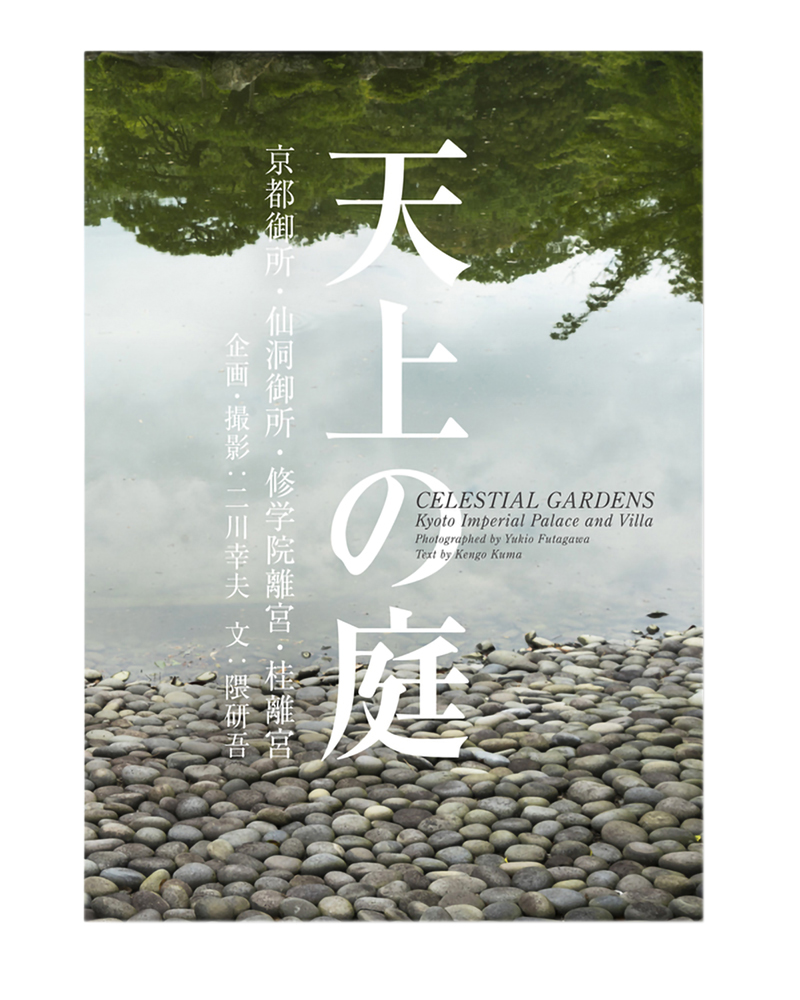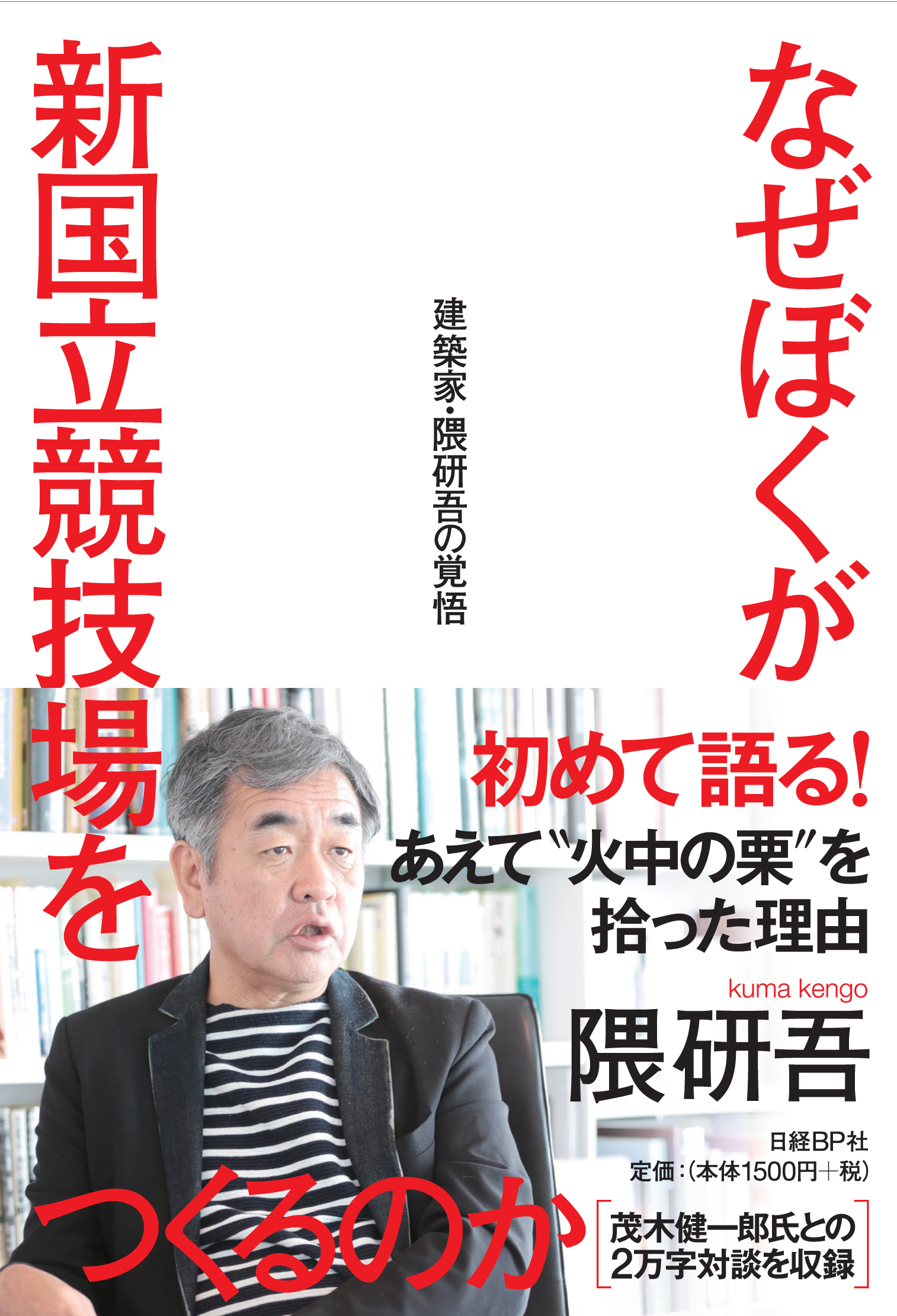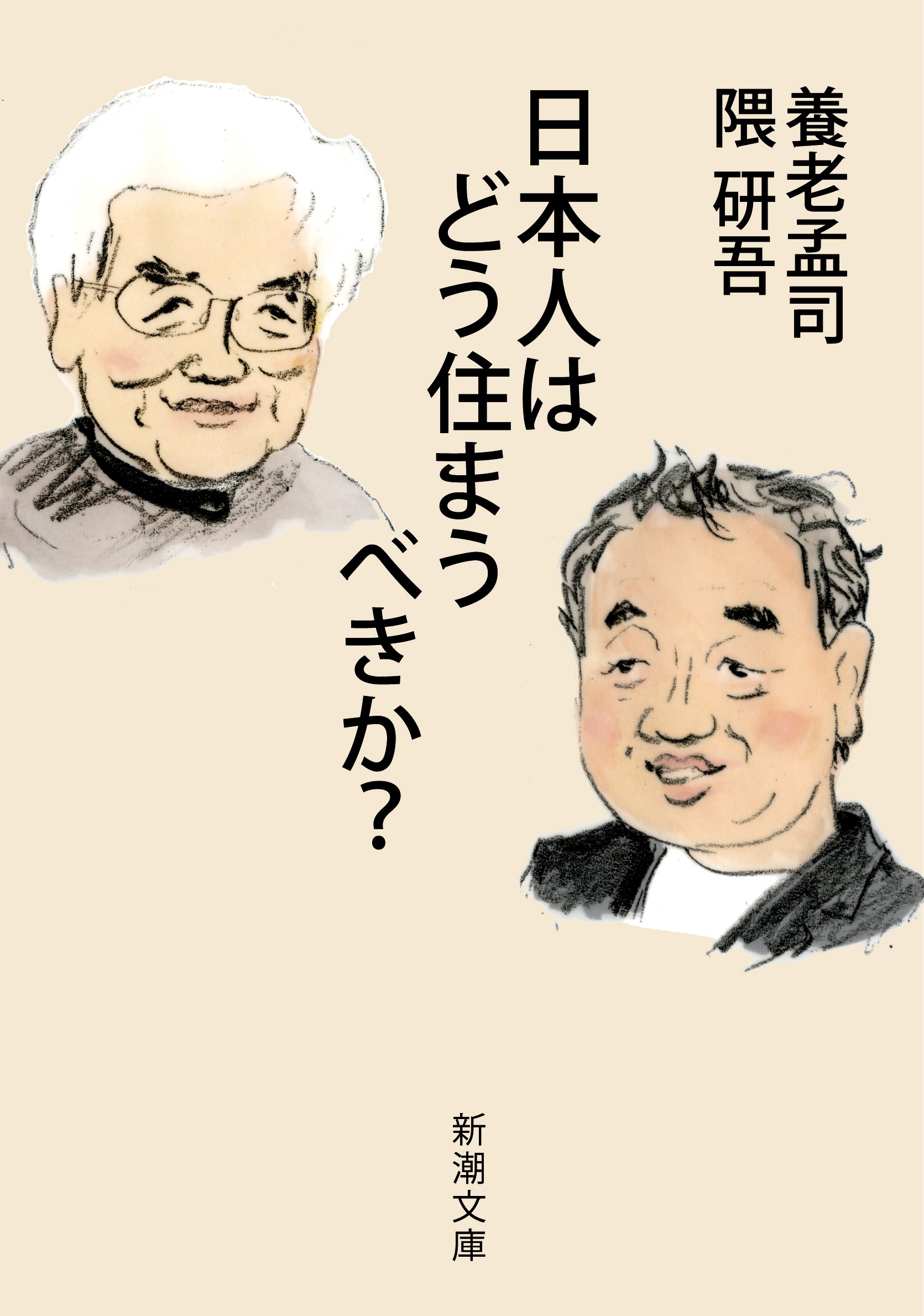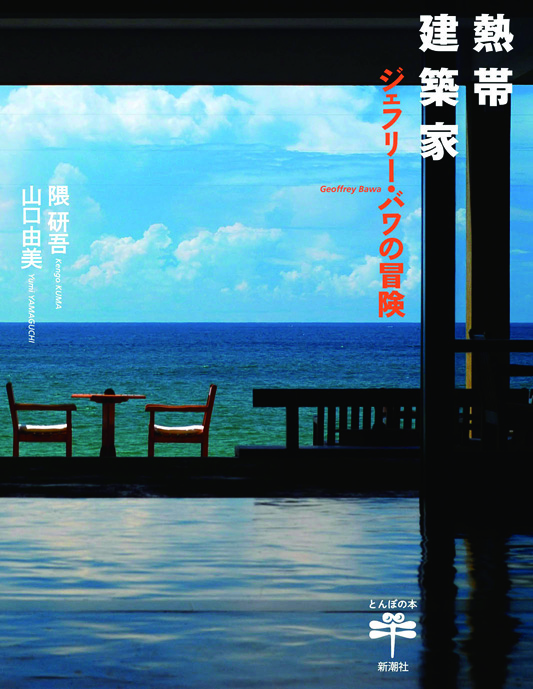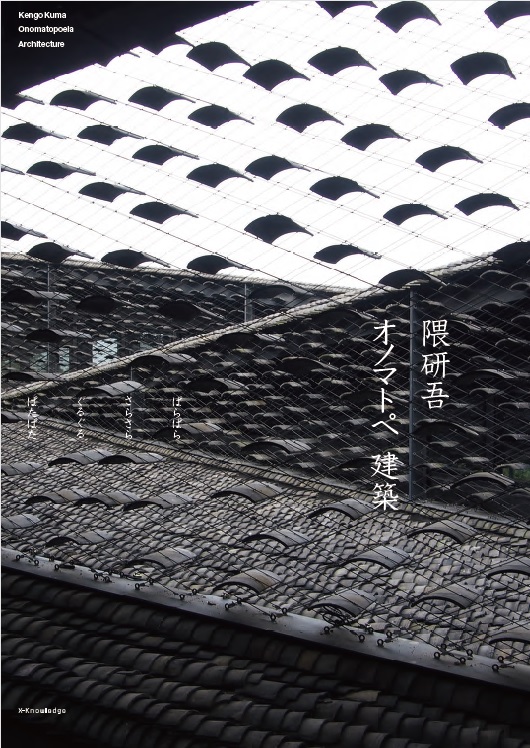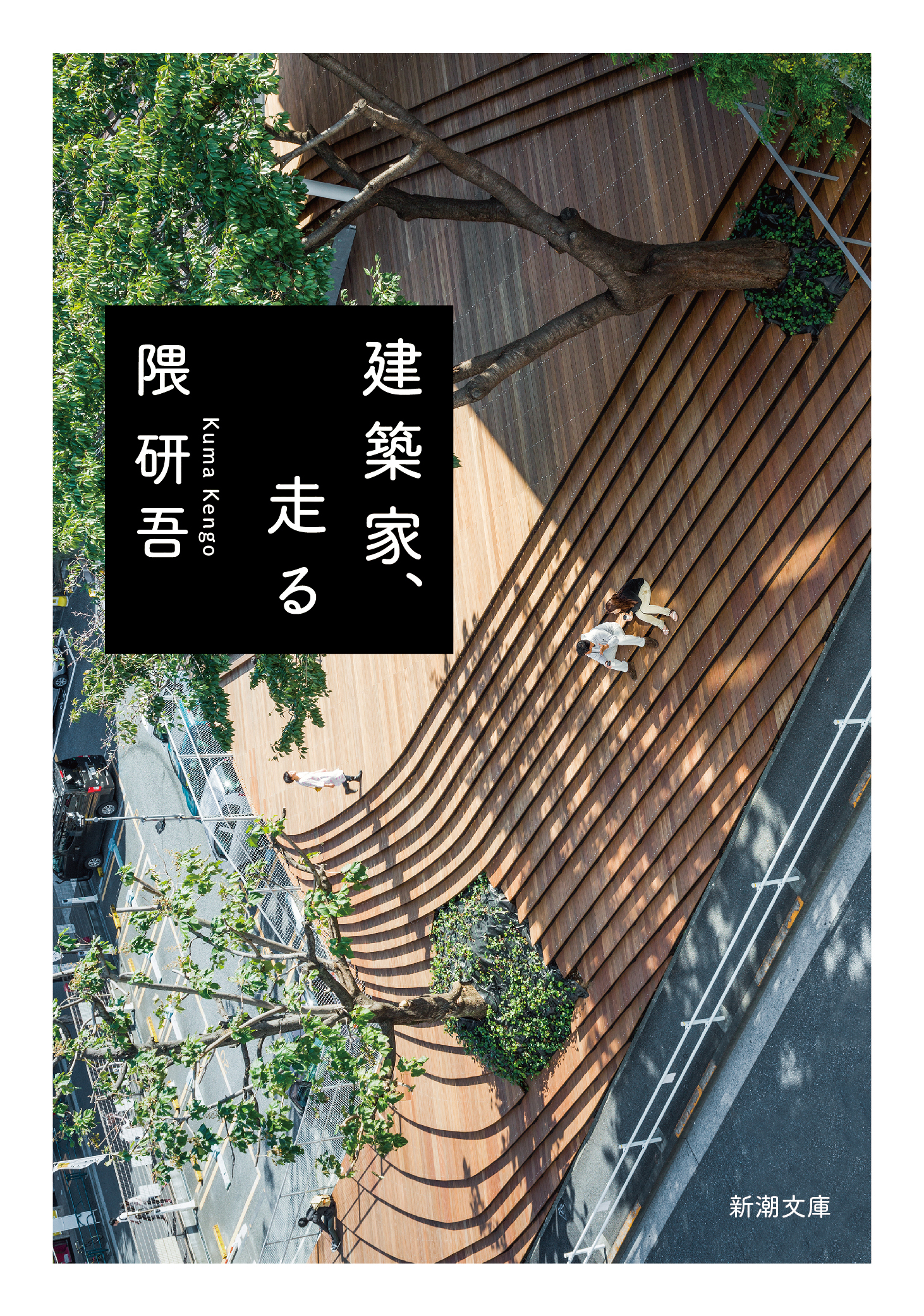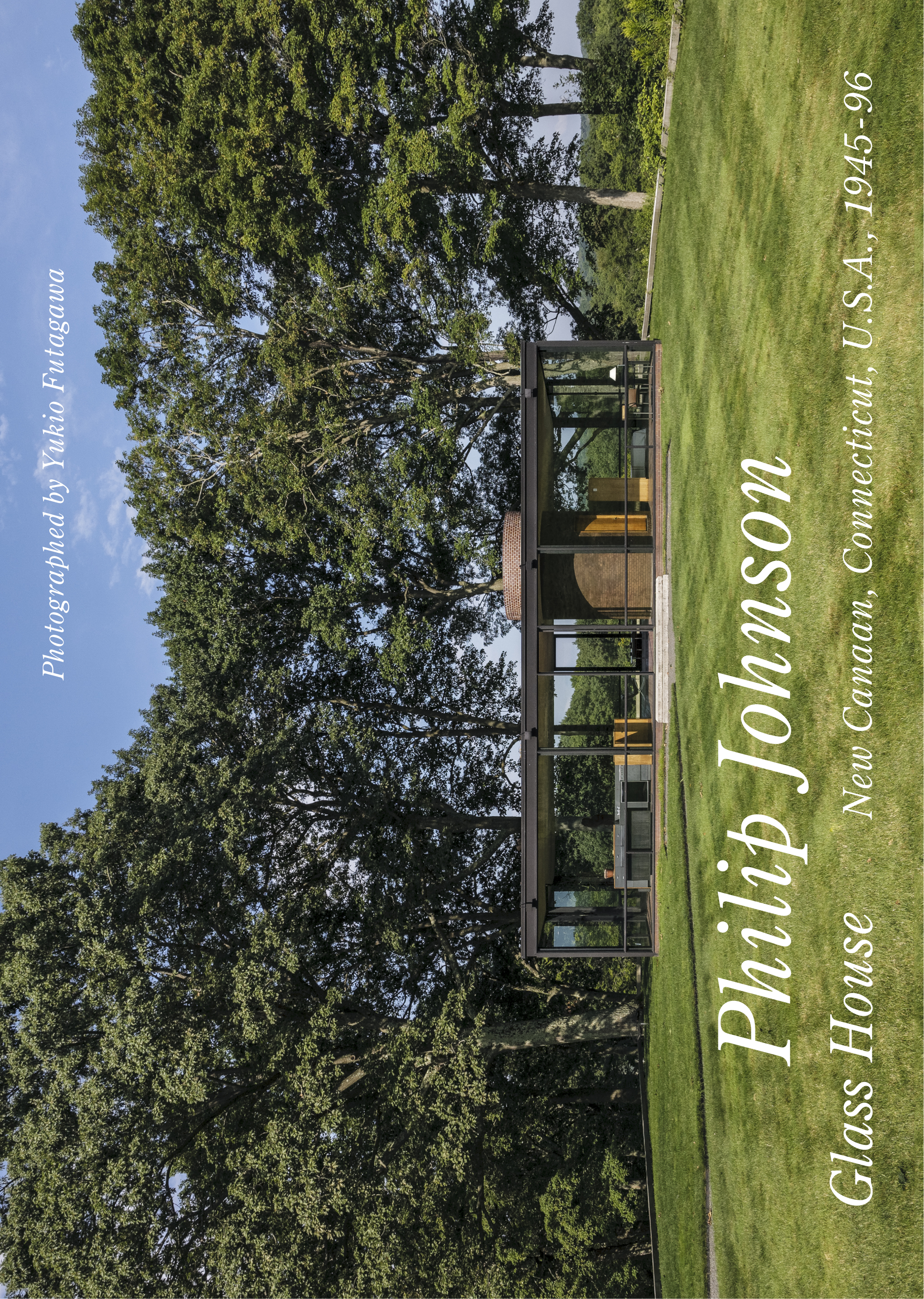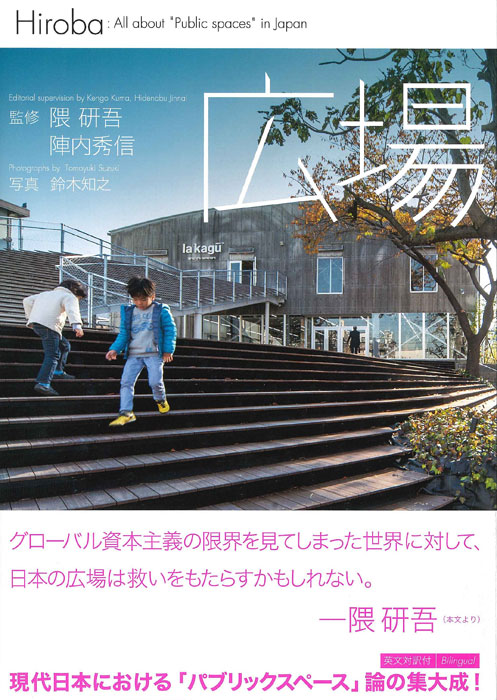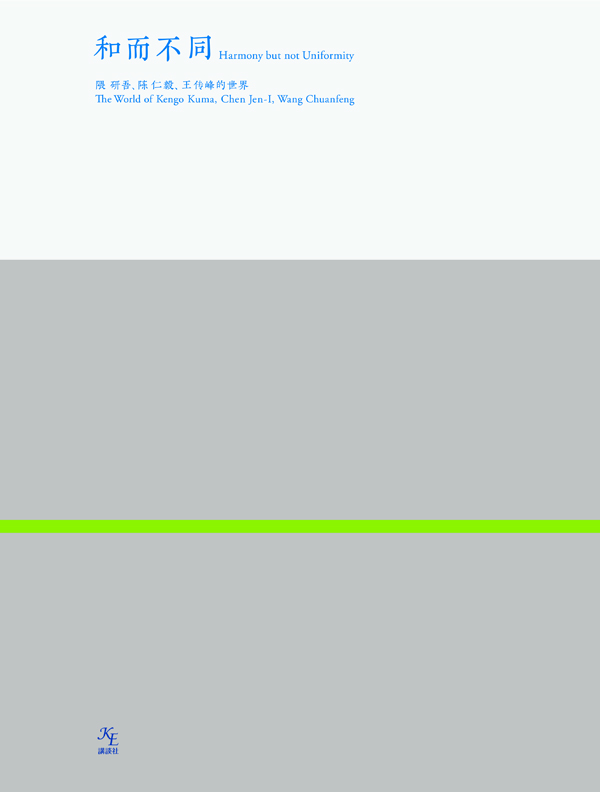
Title
WAJI Fudō (Harmony but not Uniformity - The World of Kengo Kuma, Chen Jen-I, Wang Chuanfeng)
Size
248 pages
Language
Japanese, English, Chinese
Released
May, 2019
ISBN
978-4-86677-039-0
Published by
Kodansha Editorial
Book Info
See Book Availability at Library
Japanese Page
In a rare form of collaborative work, the creations of Chinese painter Wang Chuanfeng and Taiwanese furniture designer Chen Jen-I were placed in a space that I designed, with the exhibits photographed by Kishin Shinoyama. Since this initiative was based on a chance friendship, it is hard to say that Wang and Chen’s art and mine are always aligned in the same direction. However, the fact that it was photographed with Shinoyama’s talent and then compiled into a book by graphic designer Hideki Nakajima made it feel as though all the participating artists had a unified direction, which was a mysterious experience felt only after the fact.
I receive a lot of requests for work in China and Taiwan, and my frequent travels led to the accidental meeting between the three of us. What prompted this demand for my work in Greater China was my design in 2002 of a small house called the <Great (Bamboo) Wall> right next to the Great Wall of China.
That house was built by using local bamboo as thoroughly as possible in an effort to criticize the extravagant architecture (buildings that only left a flashy impression) that was prevalent in China at the time.
Despite my belief that this kind of structure would be ignored in China, it surprisingly became very popular, and was even used in the Beijing Olympics’ official promotional video, which was played at the opening ceremony of the Olympics.
I realized the depth of China's heart, and, at once, came to love China. There is a kind of complexity to China, and I wanted to accept that diversity. It felt much more exciting than the uniformity of Japanese society and culture, and you could say that these thoughts finally came to fruition in the form of this book.
Chinese building techniques and architectural design have made significant progress over the last 20 years. The modernist design, which led the 20th century, came from developments in design centered in Europe and the United States. However, East Asia, from China to Japan to Korea, has great potential to assume leadership in the design world. Addressing environmental problems is an issue faced by the design world in East Asia. The theme of this book, "Harmony," goes beyond mere esthetics and attempts to provide in-depth answers to global environmental problems.
(Written by KUMA Kengo, Professor, School of Engineering / 2020)



 Find a book
Find a book


